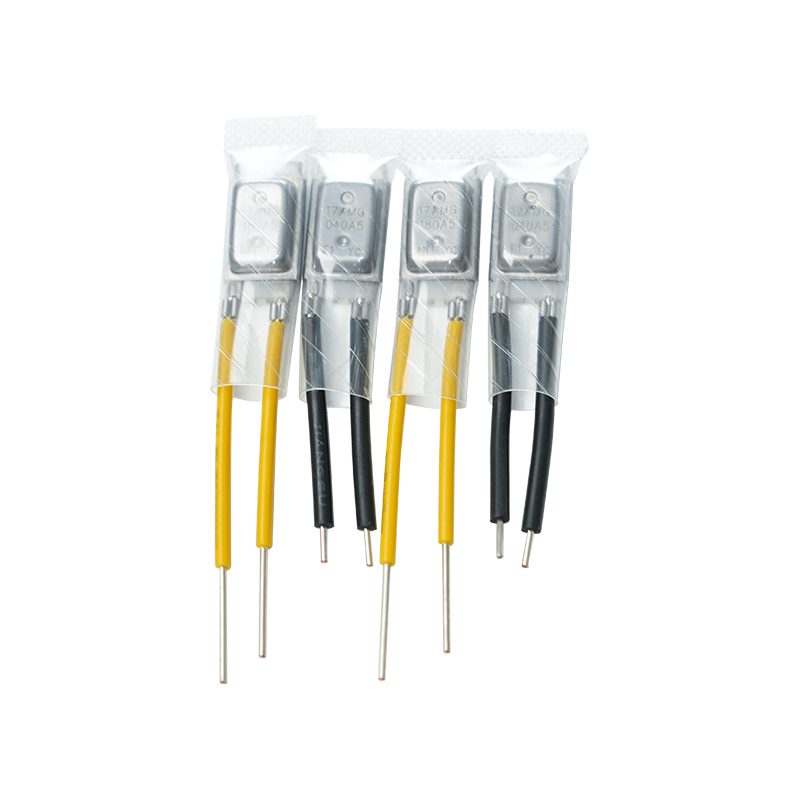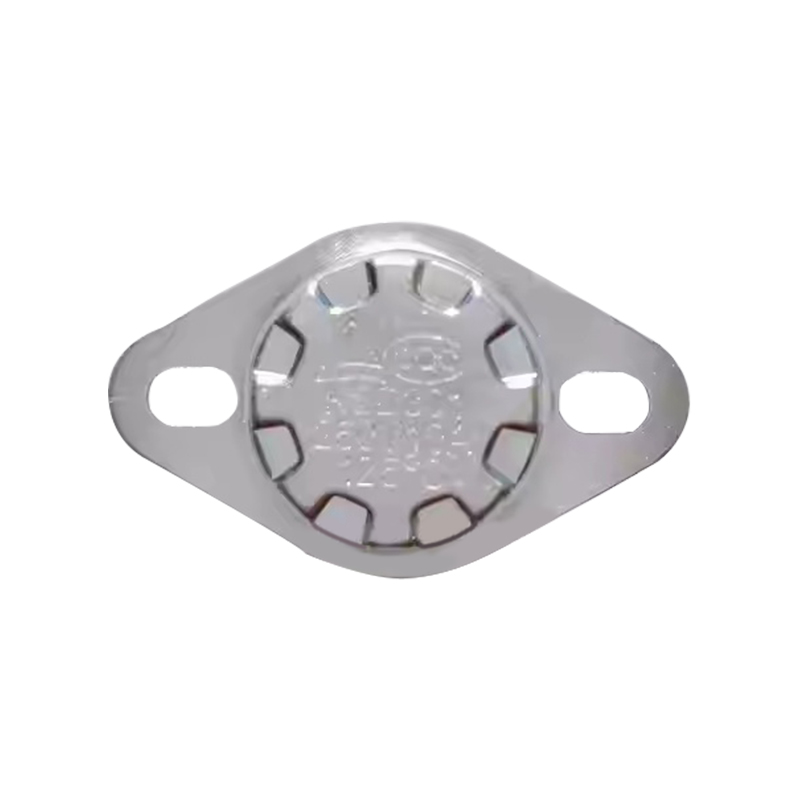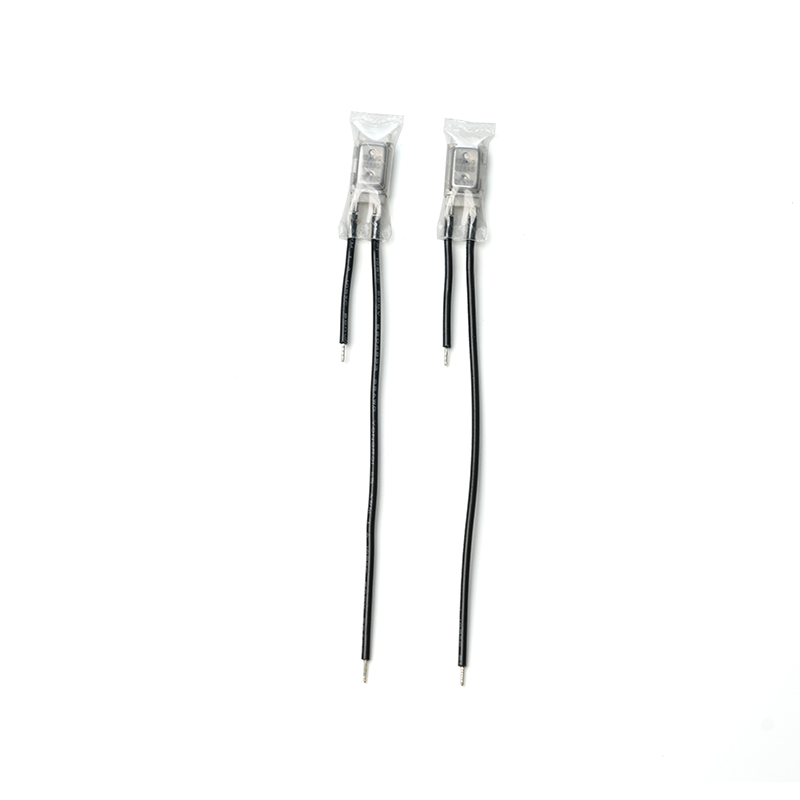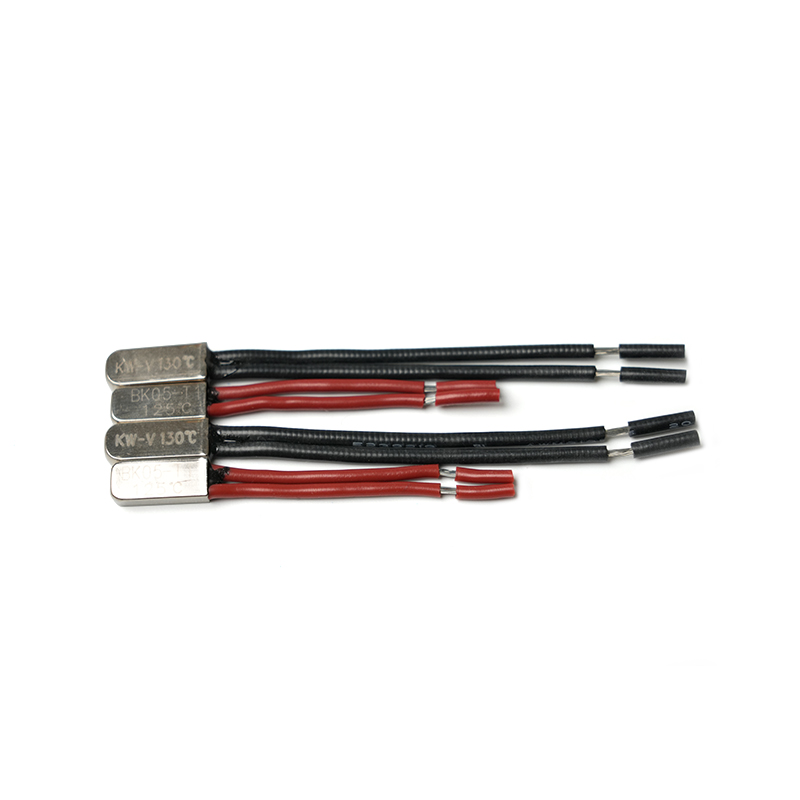How does the location and method of mounting the Motor Thermal Protector affect performance?

The installation position and method of the Motor Thermal Protector have an important impact on its performance. Whether the protector is installed properly directly determines whether it can accurately sense the temperature change of the motor and respond in time. The following is a detailed analysis of the impact of the installation position and method on performance:
Influence of installation position
The installation position of the Motor Thermal Protector needs to be closely related to the heat source of the motor to ensure that it can accurately reflect the actual temperature of the motor. Different installation positions will cause the sensitivity and accuracy of the protector to sense the temperature to change.
Embedded installation (built-in installation)

Features:
Embedded installation is to embed the protector directly into the motor winding or close to the winding, usually used for small and medium-sized motors.
Advantages:
It can sense the temperature change of the motor winding more directly and react quickly.
It is more sensitive to the detection of overheating inside the motor.
Disadvantages:
The installation is complicated and installation space may need to be reserved during the motor design stage.
If the installation is improper, it may cause poor thermal coupling between the protector and the winding, affecting the detection accuracy.
Applicable scenarios:
Motor systems with high precision and high reliability requirements, such as industrial servo motors, compressors, etc.
External installation (housing installation)
Features:
External installation is to install the protector on the motor housing and indirectly sense the motor temperature through heat conduction.
Advantages:
Easy to install, suitable for later modification or maintenance.
Does not affect the internal structure of the motor.
Disadvantages:
The temperature response speed is slow because the housing temperature lags behind the winding temperature.
It is greatly affected by the ambient temperature and may cause false operation or delayed operation.
Applicable scenarios:
Occasions where the temperature detection accuracy is not required, such as small motors in household appliances.
Multi-point installation
Features:
In multi-phase motors, a protector can be installed separately for each phase, or protectors can be installed at multiple key locations.
Advantages:
It can fully monitor the temperature of each part of the motor and improve the comprehensiveness of protection.
Avoid motor damage caused by local overheating.
Disadvantages:
High cost and complex wiring.
Applicable scenarios:
High-power, multi-phase motors, especially industrial motors with complex operating conditions.
Impact of installation method
In addition to the installation position, the specific installation method will also have a significant impact on the performance of the protector.
Mechanical fixing method
Features:
The protector is fixed to the motor using screws, clips or other mechanical methods.
Advantages:
Fixed firmly and not easy to loosen.
The thermal coupling effect is good.
Disadvantages:
The installation process may be complicated.
If the fixation is too tight, the protector may be deformed and affect the performance.
Notes:
Ensure that the fixing force is moderate to avoid mechanical stress on the protector.
Adhesion method
Features:
The protector is fixed to the motor surface using thermal conductive glue or other adhesive materials.
Advantages:
Easy to install, suitable for small motors.
Thermal conductive glue can enhance the heat conduction effect.
Disadvantages:
The bonding strength is limited and may fall off after long-term use.
The aging of thermal conductive glue may affect the thermal conductivity.
Notes:
Choose high-quality thermal conductive glue and check the bonding status regularly.
Plug-in installation
Features:
Insert the protector directly into the motor winding or the preset mounting hole.
Advantages:
Thermal coupling effect is the best.
Precise installation position and sensitive temperature detection.
Disadvantages:
High requirements for motor design, and installation holes need to be reserved.
The winding insulation layer may be damaged during installation.
Precautions:
Be careful during installation to avoid damaging the internal structure of the motor.
Influence of environmental factors
The selection of installation position and method also needs to consider the influence of the motor operating environment.
Ambient temperature
If the motor works in a high temperature environment, the externally installed protector may be disturbed by the ambient temperature and cause malfunction.
Embedded installation can reduce the influence of ambient temperature, but attention should be paid to the temperature resistance of the protector itself.
Humidity and corrosion
In a high humidity or corrosive environment, the electrical connection part of the protector may be damp or corroded, affecting its performance.
A protector with waterproof and anti-corrosion functions should be selected, and sealing measures should be taken.
Vibration and shock
In an environment with strong vibration, special attention should be paid to the fixing method of the protector to avoid failure due to loosening or falling off.
Mechanical fixing methods are usually more suitable for vibration environments than bonding methods.
Through reasonable installation position and method, Motor Thermal Protector can better play its protective role, thereby extending the service life of the motor and improving the reliability of the system.
 English
English







